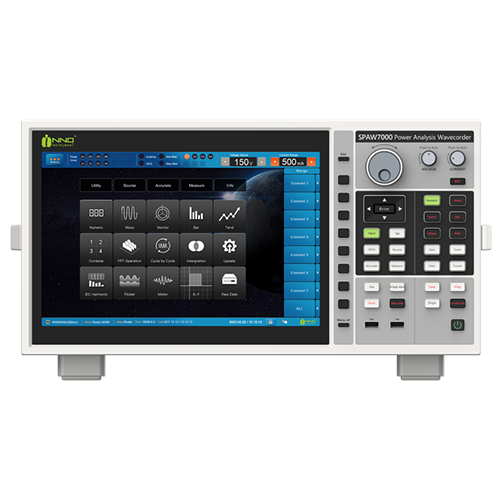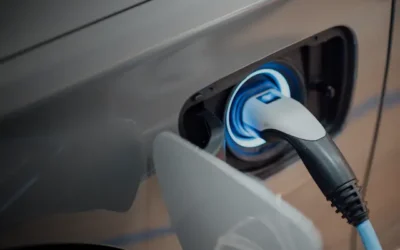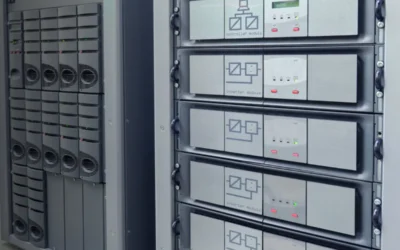In order to achieve efficient use of energy, energy efficiency improvement and stable operation of power system, variable-frequency device (VFD) is adopted. VFD, an equipment integrating variable frequency technology and micro electronic technology, functions as a power control equipment which controls AC motor by changing motor operating frequency.
It not only reduces energy waste, but also further consolidates VFD’s role for energy conservation and ensuring the stability of power system and providing an important solution for sustainability with smart monitoring, soft staring, power factor increasing and other features.
Although inverters offer energy-saving benefits, they also introduce the risk of harmonic distortion due to their inherent circuit characteristics. The main internal circuits of an inverter consist of the rectifier circuit, DC bus, and inverter circuit.
At the input stage of the inverter, the rectifier circuit – due to the presence of nonlinear components – acts as a nonlinear load. Its primary function is to convert the input sine wave current into a pulsed waveform, which simultaneously generates a large amount of harmonic components fed back into the power grid. This can interfere with the normal operation of grid-connected equipment.
On the output side, the inverter circuit modulates the rectified DC signal using PWM (Pulse Width Modulation), producing a PWM wave with an adjustable frequency. These PWM signals are composed of many high-frequency pulses, which contain significant high-order harmonics. In severe cases, this can lead to increased noise, excessive heating, or even damage to the output equipment, posing a threat to operational safety and stability. Therefore, it is essential to measure and control these harmonics.
For most inverters commonly available on the market, the carrier frequency of their output PWM waves is typically quite high – in some cases, the frequency of higher-order harmonics can reach tens of kilohertz. Such high-frequency harmonics undoubtedly place extremely demanding requirements on the measurement instrument’s accuracy, bandwidth, and harmonic analysis capabilities.
The power analyzer developed by our company offers a maximum measurement accuracy of 0.01% and a wide bandwidth of 2 MHz, enabling high-precision and complete measurement of the inverter’s output PWM waveforms. At the same time, it supports seven-channel synchronous signal input to ensure that the measurements of circuit conversion efficiency and overall efficiency are real-time and reliable.
In addition, it can simultaneously perform FFT transformation on the inverter’s three-phase output signals, allowing for synchronous analysis of their spectral distribution characteristics.
Main Advantages
INNO's strong professional capabilities make its products more advantageous in related fields
The SPAW7000 High-Precision Power Analyzer features a measurement accuracy of up to 0.01% and a wide bandwidth of 0.1 Hz to 5 MHz. It can accurately measure key parameters such as input and output voltage, current, and power.
The SPAW7000 Power Analyzer supports harmonic measurement of up to the 500th order and can simultaneously analyse harmonics across 7 power channels, in compliance with the IEC 61000-4-7 standard. In addition, it can measure and analyse voltage fluctuations and flicker in accordance with relevant IEC standards.






